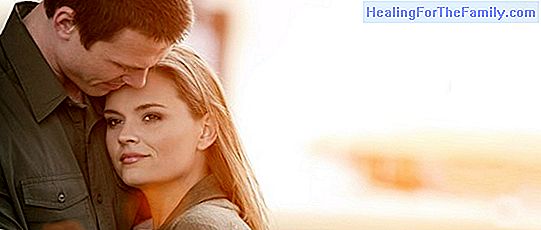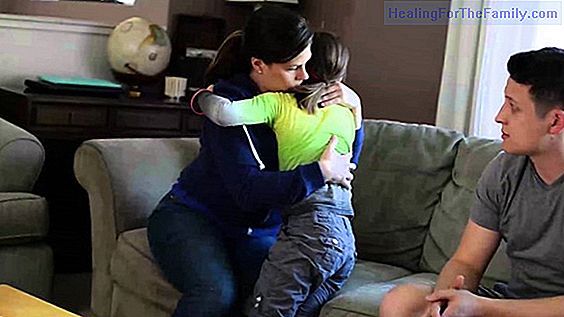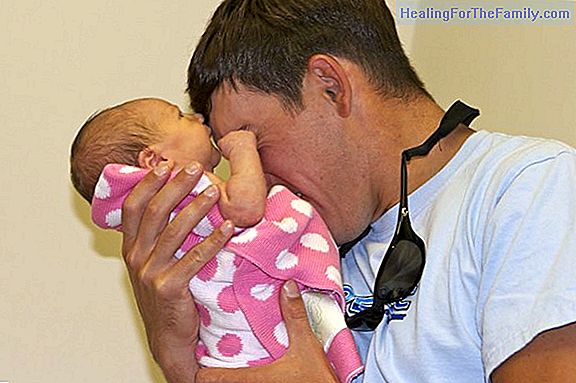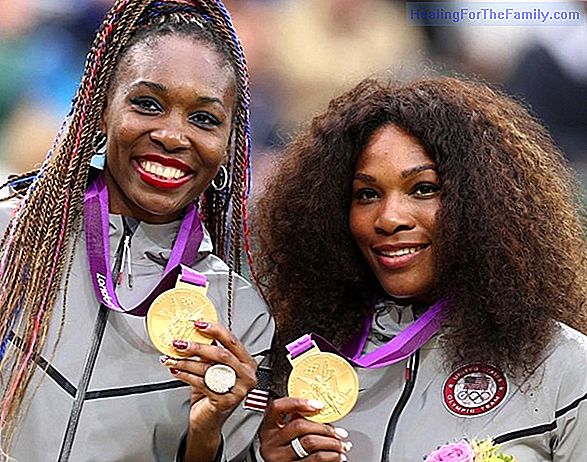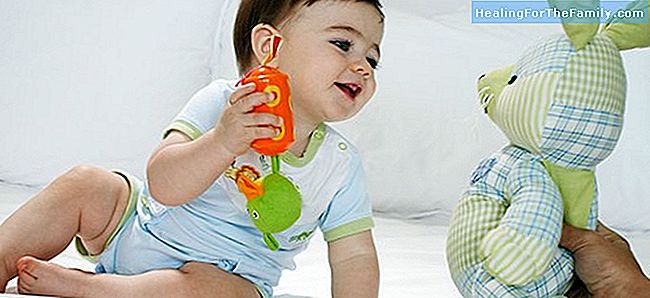How colors influence the behavior and emotions of children
Do you know what color therapy or color psychology is? It is about using colors to change a mood or behavior. The colors help to achieve calm, or on the contrary, they give us more energy. And the colors, yes, also help us to concentrate. For example, according to interior designer Susanna Cots, whi
Do you know what color therapy or color psychology is? It is about using colors to change a mood or behavior. The colors help to achieve calm, or on the contrary, they give us more energy. And the colors, yes, also help us to concentrate.
For example, according to interior designer Susanna Cots, white is the most beneficial color for children's creativity. Hence, most children's furniture is presented in this color. It will seem surprising to you, but the colors have a great power over us. We explain how colors influence children's behavior and emotions, as well as their learning.
How colors influence children's behavior
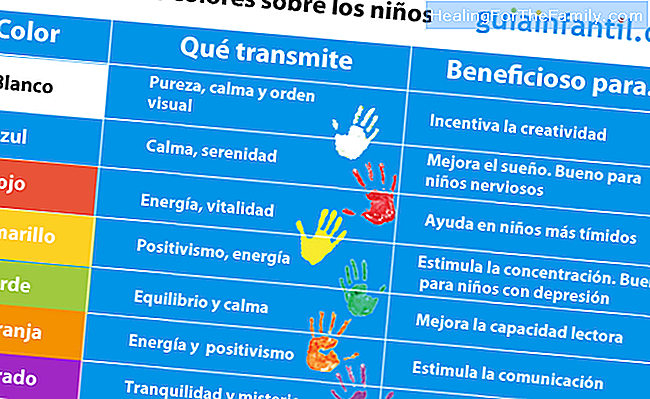
Science agrees that colors exert a power over people's moods. And that can also improve concentration, decrease or increase aggressiveness, help to fall asleep or stimulate memory. Colors can also influence the behavior of children. We explain in what way.
The white: Perhaps you think that the color most linked to creativity is yellow, or orange, that is why it is vital and transmits energy and optimism. Well, the reality is that this color is not the best ally of children's creativity. According to the interior designer Susana Cots (Girona, Spain), the color white is the best color to decorate the rooms of our children, since it transmits purity, calm and visual order, and therefore, is the best to encourage creativity .
Red: Provides energy and vitality, but can also produce some aggressiveness. It is recommended for more withdrawn or timid children, and should be avoided however in the case of very moved children, children with hyperactivity or those children who tend to externalize their anger through tantrums.
Yellow: It is a color linked to intellectual stimulation. Like the color red, it is a very vital color. It is also very beneficial to stimulate the concentration of children. Also very useful for children with depression, since it conveys a lot of optimism.
The blue: It is a relaxing color that transmits serenity and peace. Very suitable for children with sleeping problems, since it benefits sleep. It is good for very active children, but it is not indicated for calm children, since its excess can produce drowsiness.
The green: Psychologists say that green gets the balance. It is an excellent color to transmit harmony and calm the nervous system. It can even help improve reading ability, both in speed and in reading comprehension. Ideal for more nervous children or with problems to manage their emotions. Also of course, for children with a tendency to tantrums. However, using excess green color can promote laziness.
Orange: This color is a perfect combination of the benefits of red and yellow. In addition, it stimulates communication (perfect for children who find it harder to make friends) and some psychologists say it is also good for children with little appetite.
Purple or Purple: Combines the tranquility of blue and the energy of red, so it is a fairly balanced color, and very linked to enhance intuition.




